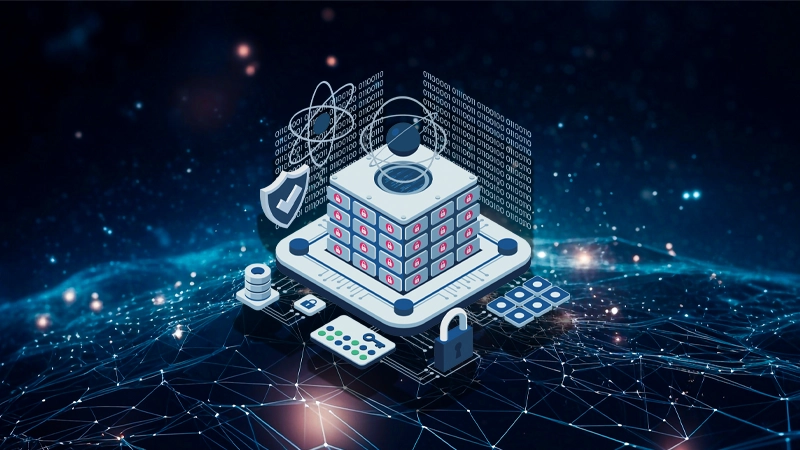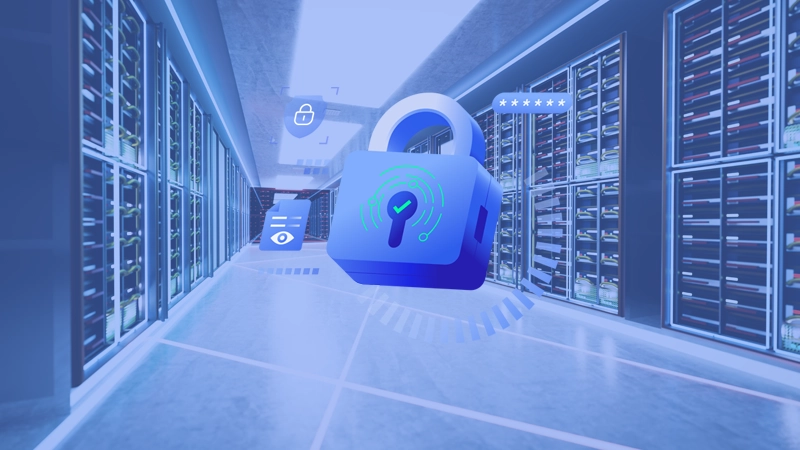Why DLP Is Not Enough to Support Your Data Security Posture

Data is the lifeblood of an enterprise organization. From sensitive customer information to intellectual property, companies store, process, and move vast amounts of PII data that must be protected from a range of threats, both external and internal.
Traditional Data Loss Prevention (DLP) approaches are “Outside/In”, typically focusing on perimeter-based security measures, but as data breaches continue to make headlines, it’s clear that a more comprehensive and proactive “Inside/Out” strategy is needed. In this blog post, we will explore why enterprise organizations should enhance their Data Loss Prevention (DLP) processes with a data-centric protection approach.
The Evolving Threat Landscape
As we delve into the importance of a data-centric approach, let’s first explore the evolving threat landscape organizations are facing today. Cybercriminals are becoming more sophisticated, and the number of data breaches continues to rise. Traditional DLP solutions often rely on rule-based or signature-based detection methods, which can be limited in their ability to adapt to new and emerging threats. Taking a data-centric approach, on the other hand, focuses on the data itself, allowing organizations to protect their information regardless of the attack vector, the method used by malicious actors, or a simple mistake made internally that puts data at risk.
Comprehensive Coverage
By taking an inside/out approach, your organization is focused on comprehensive coverage addressing data at every stage of its lifecycle. This approach encompasses data discovery, classification, encryption, access controls, and monitoring. By covering the entire data lifecycle, organizations can ensure that sensitive information is protected at all times, whether it’s at rest, in transit, or in use.
Regulatory Compliance
Enterprise organizations handle sensitive data subject to various regulations, such as GDPR, HIPAA, CCPA, PCI, and many more depending on their industry and geographic location. Non-compliance with these regulations can result in severe financial penalties, damage an organization’s reputation, and result in revenue loss. A data-centric approach to DLP enables organizations to implement granular controls and encryption to ensure compliance and reduce the risk of costly fines or legal repercussions.
Insider Threat Mitigation
Insider threats, whether intentional or unintentional, pose a significant risk to enterprise data security. Traditional DLP solutions struggle to identify and mitigate these threats effectively. Implementing a data-centric approach focuses on monitoring user behavior and data access patterns, allowing organizations to detect and respond to suspicious activities in real-time. This proactive approach is crucial for protecting against insider threats.
Cloud Adoption and Remote Work
The modern enterprise landscape has shifted towards cloud adoption and remote work, making traditional perimeter-based security measures less effective. Data-centric data protection ensures your data is secure regardless of its location or how it’s accessed. This flexibility is essential for organizations that need to support remote workforces and leverage cloud-based solutions.
Data-Centric Threat Intelligence
A data-centric approach to DLP approaches leverages threat intelligence that is centered around the data itself. This means organizations can analyze data usage patterns, identify anomalies, and proactively respond to potential threats. By understanding how data is accessed and used, organizations can make informed decisions about data protection and adjust their security measures.
Enhanced Incident Response
In the event of a data breach or security incident, implementing a data-centric approach provides organizations with valuable insights into the nature and scope of the breach. This is a crucial (and often missed) step in an effective incident response strategy, helping organizations contain the breach, mitigate the impact, and prevent similar outcomes in the future. When a future breach occurs, and a data-centric approach has been deployed, the data is unusable because it has already been protected.
Scalability and Futureproofing
As organizations grow, and data volumes increase, scalability becomes a critical factor in data protection. The data-centric approach that we have discussed is designed to scale as an organization’s needs change, making it easier to adapt to changing circumstances and have proactive protection in place against emerging threats and technologies.
In today’s data-driven world, enterprise organizations cannot afford to rely solely on traditional Data Loss Prevention (DLP) approaches. A data-centric approach provides a more comprehensive, adaptable, and proactive way to safeguard sensitive information and enhance an enterprise organization’s data security posture. By focusing on the data itself, you can ensure regulatory compliance, effectively protect assets, mitigate insider threats, and adapt to the evolving threat landscape. As the digital landscape continues to evolve, embracing a data-centric DLP approach is not just a best practice – it’s a necessity for any organization that values the security and privacy of its data.
Extending DLP Protection with PKWARE
PK Protect solves problems resulting from uncontrolled encryption, providing the visibility organizations require in order to fully address security, audit, and compliance requirements while providing persistent protection for their data wherever it is used, shared, or stored. Learn more about PK Protect










